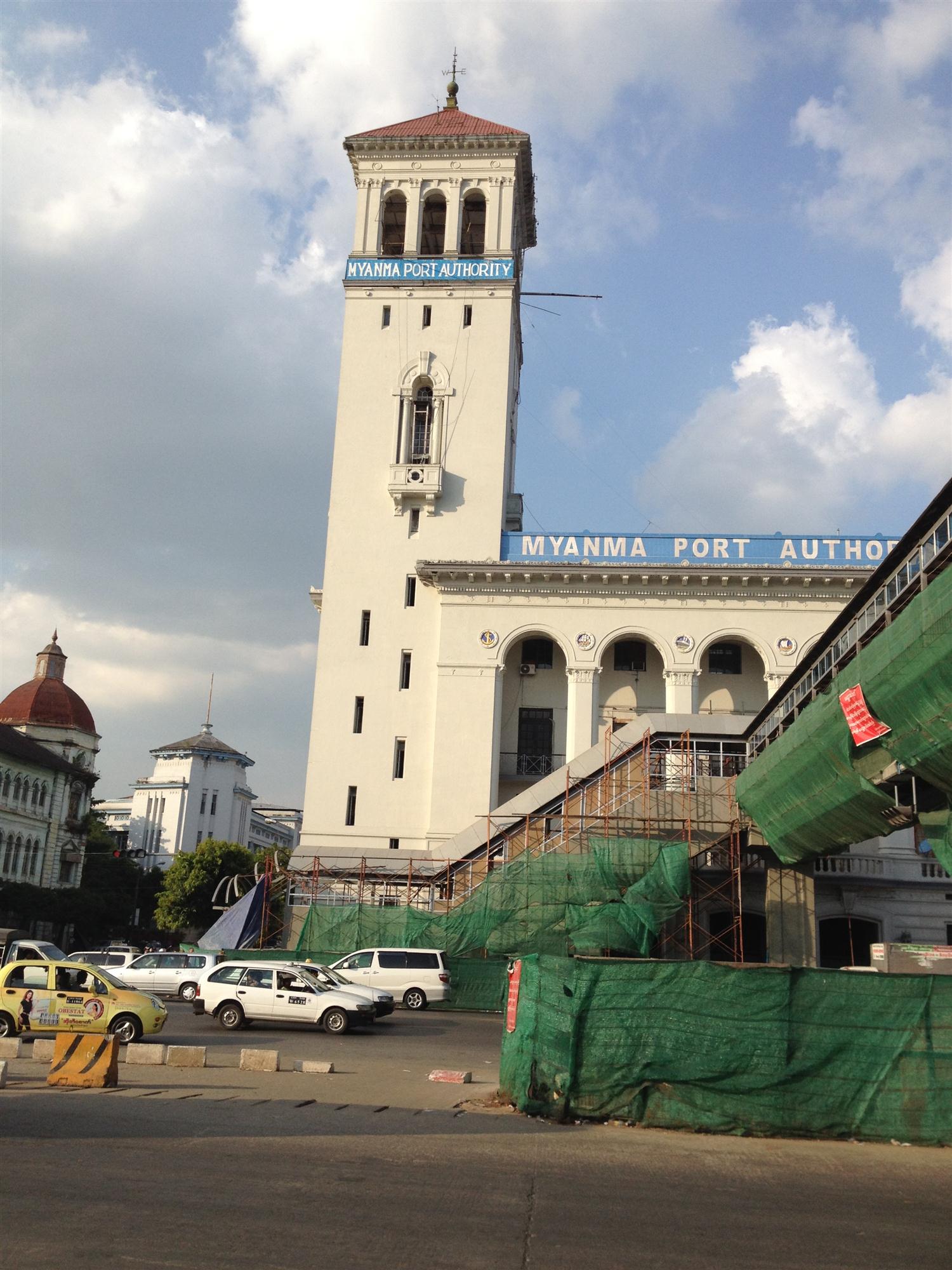Start-of-the-year announcements show the uneven nature of infrastructure development in Southeast Asia, particularly on the region’s west coast.
The approach in Myanmar is from-the-ground-up. The Asian Development Bank (ADB) and Myanmar’s government have agreed to work together to promote public-private partnerships (PPP) in the transport sector.
The programme will see the ADB provide strategic and transactional advisory services to help Myanmar in identifying and developing transport projects through PPPs. Given the weak state of Myanmar’s hardware – the country has weak inland waterways and river ports, and only 40% of the road network is paved, with 20 million people, half of the rural population, lacking access to all-weather roads – this will be a huge task.
Part of the problem is the complexity of Myanmar’s needs and the difficulty in nailing down where the country’s transport priorities should lie. That said, the initiative has been welcomed.

“I believe that PPP is a good way to start tackling the deep infrastructure issues within Myanmar,” Aden Wong, a senior consultant with maritime consultants Drewry told Asia Cargo News.
Wong’s argument is PPPs will tackle directly the funding and know-how limitations of the national government in Naypyidaw, as well as local and regional governments in Myanmar, freeing the governments to build the right policy and regulatory framework. This is not risk-free, as matters such as poor implementation and lack of experience will need to be considered, but getting infrastructure built and policies in place should offset that.
“With regards to priority port projects in the country, I believe the Thilawa Port project and Kyaukpyu Port projects should be priorities in the near term. Thilawa Port is key to unlocking the industry sector of Myanmar while bypassing the port and road limitations associated with Yangon. Kyaukpyu Port, on the other hand, would play a key role in developing key cities outside Yangon such as Mandalay while unlocking border trade with China,” Wong added.
China also plays a key role in developments in other Southeast Asian cities, although less so in neighbouring Thailand where the Italian-Thai Development (ITD) company says it is ready to restart construction of the long-delayed Dawei deepsea port and special economic zone over the next few months, if the governments of Thailand and Myanmar agree to it.
Also significant in Thailand, Prime Minister Prayut Chan-o-cha has emphasized that the government needs to expedite the eastern economic corridor development project. Prayut has instructed relevant units to expedite five megaprojects, among them the U-Tapao airport, the Laem Chabang pier and the Bangkok-Rayong high speed train, the Thai national news agency NNT has reported.
This incremental approach in Thailand is different to the big plans in Malaysia, some of which are already being called into question.
Kong Cho Ha, the Port Klang Authority chairman, outlined plans for a massive RM200 billion (US$45 billion) port complex/industrial city on Carey Island close to the gateway. This project was to be a megafacility of more 100 square kilometres with free trade zones as well as residential and commercial developments. Kong’s argument was that by 2025, Port Klang’s terminals – West Port and North Port – would be at capacity.
Currently, though, there is space to spare, suggesting a new megaport isn’t an immediate priority. Nor might it be in the future, it seems, with some suggestions that improvements at the existing facility might be a better option.
“The proposed new port would be a very long-term project [which] would be looking at requirements in 10-20 years’ time, so you can’t necessarily view it in relation to the current utilization level of the existing port,” Neil Davidson, senior analyst of ports and terminals at Drewry, told Asia Cargo News.
“There is also the issue of increasing ship sizes and the need to be able to offer berths that can all accommodate the very largest ships. Not all of the existing berths at Port Klang can do this,” Davidson added.
To match what Port Klang is considering, at least two other Malaysian ports are also making plans: Melaka Gateway and Kuala Linggi International Port, both of which are located near Malacca on Malaysia’s southwestern peninsular coast. The latter will focus on oil storage, according to published sources. Melaka Gateway, by contrast, is a larger project mixing tourism, a free trade economic zone, a container terminal, as well as bulk and break bulk facilities.
Such grand plans are aligned with China’s Belt and Road Initiative, as the Gateway website acknowledges. Additionally, China has previously signed a deal to make funds available for the port project.
While the role of China is feeding interest in the project, what is also getting scrutiny is the impact, if any, Malaysia’s port development projects will all have on Singapore.
“Singapore is the dominant transhipment hub in the region, and while Port Klang has had recent success in winning market share from Singapore, Singapore is making significant moves to win this back by making joint venture deals with major shipping lines like CMA CGM and China COSCO Shipping, and by planning an entire new port complex at Tuas,” Drewry’s Davidson said.
Singapore’s move towards autonomous freight transport is happening nowhere else in the region, suggesting Singapore will retain its preeminence. Driverless trucks are expected to transport containers from one port terminal to another more efficiently.
Initial trials will involve inter-terminal haulage between Brani Terminal and Pasir Panjang Terminals, and may eventually be scaled up for haulage within the port area, as well as between the Pasir Panjang Terminals and the new Tuas Port.
“Truck platooning technology presents us with an opportunity to boost productivity in both the port sector and the trucking industry. It will also open up opportunities for truck drivers to take on higher-skilled roles as fleet operators and managers,” Pang Kin Keong, permanent secretary for transport and chairman of the Committee on Autonomous Road Transport in Singapore (CARTS), said in a statement.
By Michael Mackey
Southeast Asia Correspondent | Bangkok




